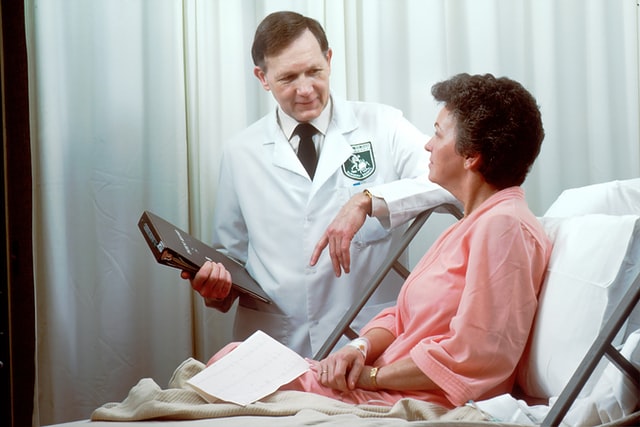A cataract is normally an age-related condition that can be treated safely by replacing the clouded lens with an artificial lens in cataract surgery. Generally, it takes a few days to recover from the discomfort and pain caused by this surgical treatment but to heal it completely and get a clear vision it may take up to 2 months.

But if you’re a fitness freak then before starting strenuous activities including exercises on a treadmill you must ask your doctor ‘can I use treadmill after cataract surgery’.
Normally doctors suggest doing light activities like walking at least after one week of cataract surgery. It can cause certain complications if you return to your exercising routine unless you have completely recovered after surgery.
Contents
When can I return to routine exercising?
The discomfort caused by cataract surgery can subside after a few days because of the use of modern techniques of optical surgery. Moreover eyes e considered very strong as compared to other body parts. So you can gradually return to your normal physical activities very soon. Though doctors usually allow you to do gentle exercises after 3-4 days of cataract surgery still you should avoid strenuous exercises for at least 1-2 weeks depending upon your condition.
Initially, you should start by sitting on an exercise bike or walking to do some gentle workout instead of trying for bench press and weightlifting or intense exercises on the treadmill in the gym. It will help you to get used to the new routine and help in gradually coming to your normal workout routine. However, if you participate in contact sports like golf or cricket etc. then you should avoid them for at least 6-7 weeks until your eye recovers completely after the surgery.
When can I resume activities?
Though you can start doing light activities after 5-7 days of the cataract surgery like light stretching exercises, and light walking, etc. but you should avoid exercises and activities in which you have to bend your body at the waist and lower your head. You should also avoid intense workouts at the treadmill or lifting heavy weights for at least 5-6 weeks unless you recover completely.
Even after recovering from cataract surgery, you should consult your doctor before resuming your routine of physical activities.
Reasons to avoid physical activities after cataract surgery
Normally, during cataract surgery, minor discomfort and pain are experienced which can subside after a few days and you may start seeing things clearly very soon. But to get your eyes fully healed it may take some time. For this reason, most of the doctors recommend to avoid doing intense exercises like running on a treadmill, weight lifting, and bending, etc. for at least 2-3 weeks. The reasons behind these restrictions can be due to the complications you may come across like:
Risk of Infection
Sports activities and exercises, whether they are indoor or outdoor, can increase the risk of infection in your under-recovery eyes due to dust and sweat, etc. The eye under treatment will be exposed to sweat, dust, and other debris when you work out on a treadmill, on weights, or swim in pools, lakes or oceans, etc. So you are advised to avoid intense exercises and outdoor sports for a few weeks until your eye is healed completely after cataract surgery.
Blurred vision
After cataract surgery, the vision of your eyes will be blurred for a few days. It can increase the chances of getting injured if you participate in sports activities or do any kind of exercise. Before starting on the treadmill or do some other light activities you should wait for a few days until your vision gets cleared.
Increase the risk of complications
When your eye is recovering from cataract surgery then it can be exposed to various types of serious complications apart from the risk of injury and infection. Any kind of strain on your recovering eye due to strenuous workout on the treadmill, lifting weights, or bending, can complicate the situation.
So after cataract surgery, you should avoid the treadmill or lifting weights at the gym unless you recover completely after the surgery or recommended by your doctor.

